NASA’s James Webb Space Telescope (JWST) has captured a unique and fascinating object named Arp 220. It is actually two spiral galaxies that are in the process of merging together. The galaxies started colliding about 700 million years ago, which triggered a massive burst of star formation.
There are about 200 huge star clusters in a region that is only about 5,000 light-years across, which is equal to all the gas in the Milky Way galaxy. Arp 220 is an ultra-luminous infrared galaxy (ULIRG) that shines the brightest in infrared light. It has a luminosity of over a trillion suns, which is much greater than our Milky Way galaxy’s luminosity of about ten billion suns.
The galaxy is located 250 million light-years away in the constellation of Serpens. This is a constellation located in the northern hemisphere of the sky. It is part of the larger constellation of Ophiuchus and is named after the snake that appears in Greek mythology as the healing serpent of Asclepius, the god of medicine.
The James Webb Space Telescope is a powerful tool that can capture images of objects like Arp 220. JWST uses the Near-Infrared Camera (NIRCam) and the Mid-Infrared Instrument (MIRI) to view the galaxy. Thanks to the infrared light, Webb’s view of Arp 220 is a beautiful sight to see, with the galaxy lighting up the sky like a brilliant beacon amidst a sea of galaxies.
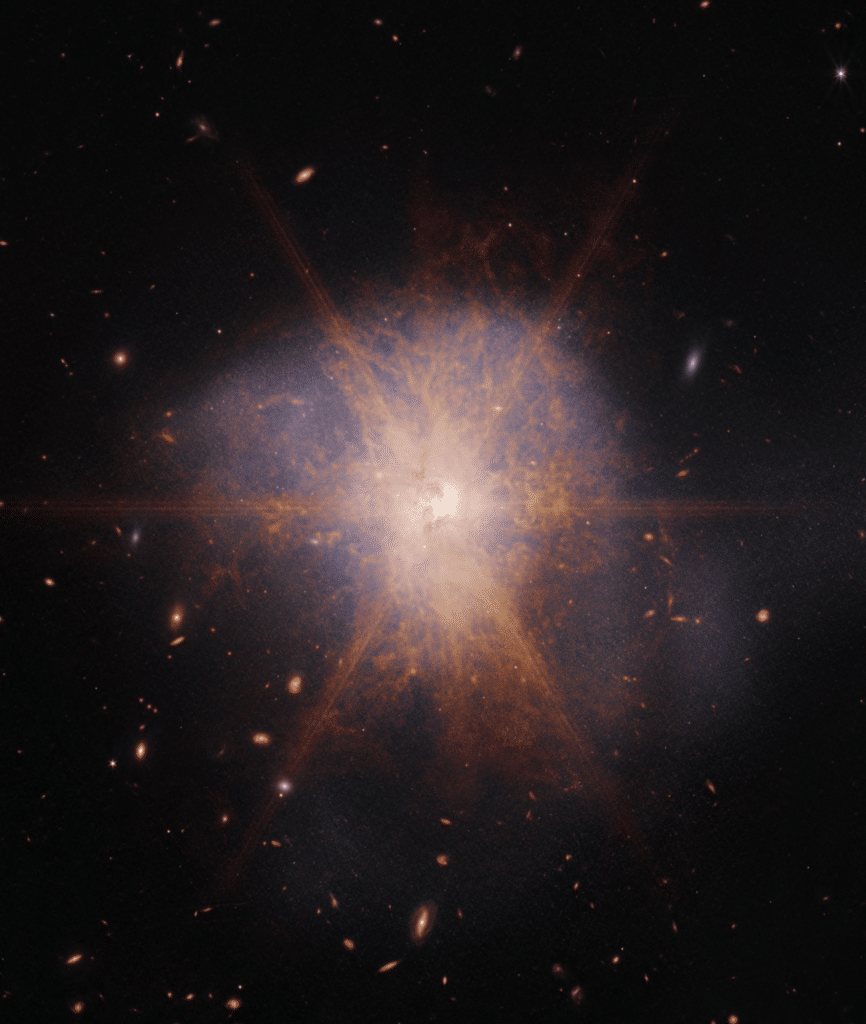
“On the outskirts of this merger, Webb reveals faint tidal tails, or material drawn off the galaxies by gravity, represented in blue — evidence of the galactic dance that is occurring. Organic material represented in reddish-orange appears in streams and filaments across Arp 220,” NASA explains in a media release.
The JWST is a collaboration between NASA, the European Space Agency (ESA), and the Canadian Space Agency (CSA). The telescope is designed to observe the universe in infrared light, which allows it to see through the dust and gas that can obscure our view of cosmic objects.
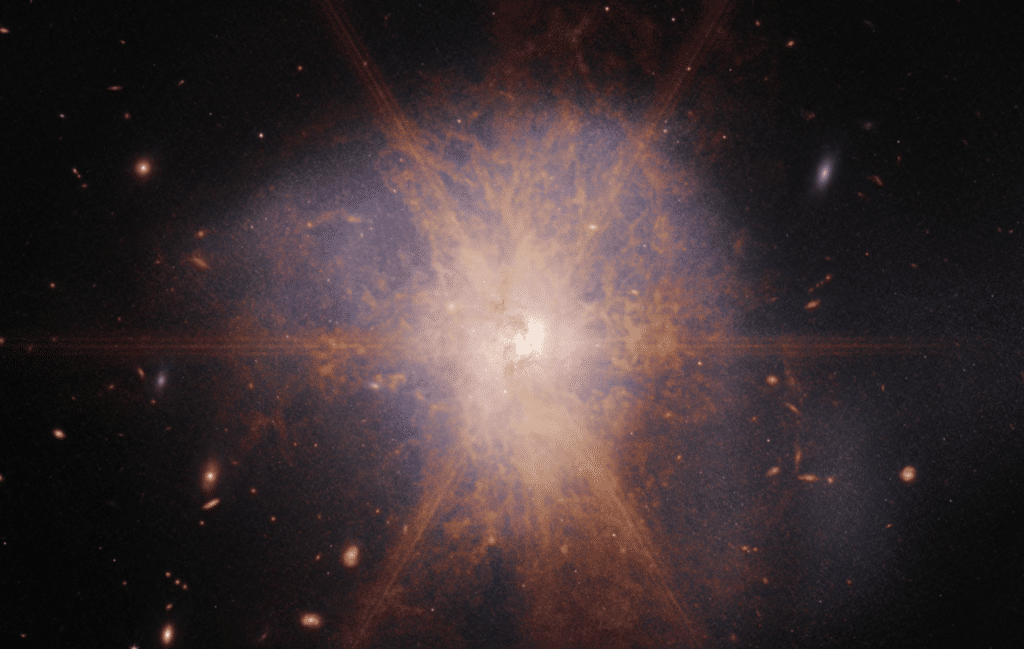

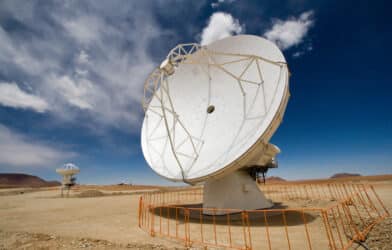
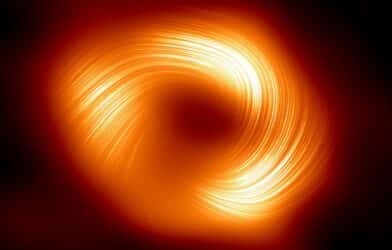
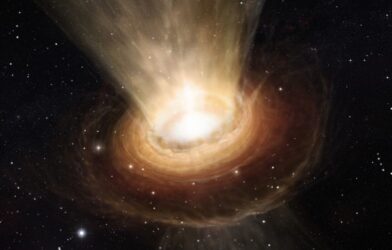

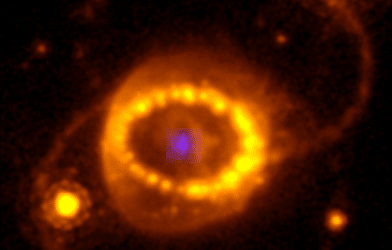






How is that different from dark matter?
How do we know that these images are real? I doubt man has the technology to take true photographs billions of miles away fromEarth. Show me proof.